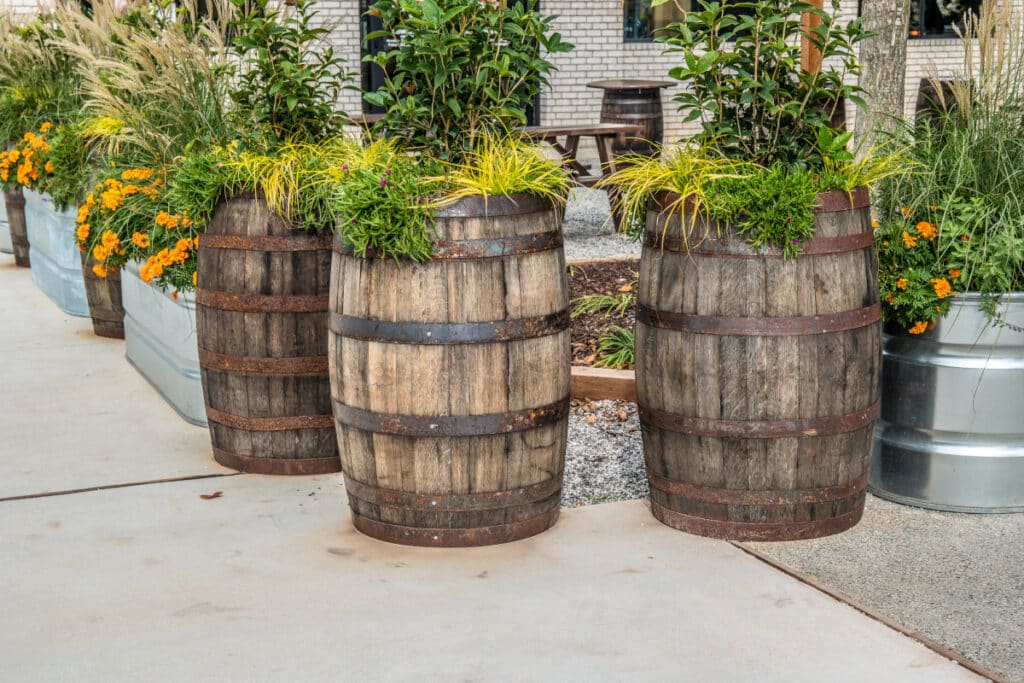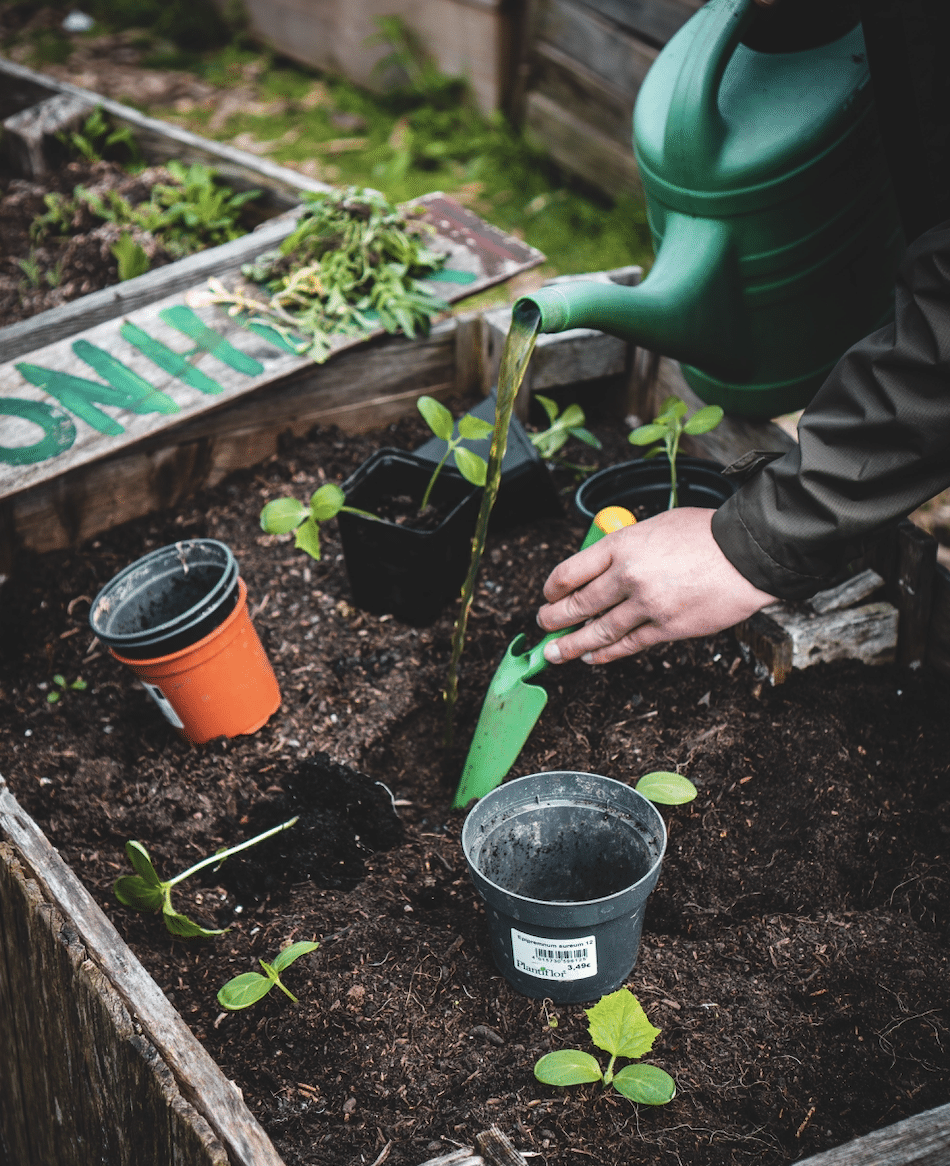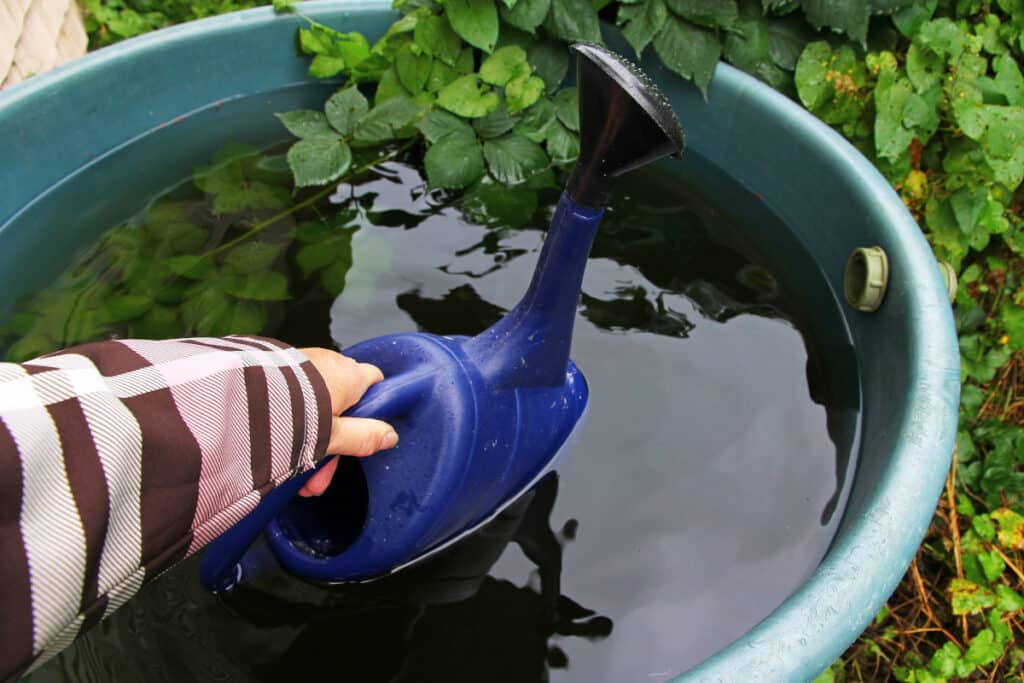By Guest Blogger, Annie Button
The environment, climate and avoiding food waste are on everyone’s minds, and if you’re lucky enough to have a garden, balcony, herb wall or window sill of your own, you have an opportunity to do your bit.
Creating an outdoor space that tackles this important trio of issues allows you to have a sustainable area where you can grow seasonal vegetables, plant seeds and create a rich compost pile. In this way, your outside space can complement your kitchen and provide a resourceful supply of fresh and healthy ingredients on top of tackling food waste.
How, though, do you design an eco-friendly area that still looks stunning and takes your own personal tastes into account? Many people mistakenly think that an eco-garden needs to be an overgrown meadow of root vegetables, aromatic herbs and edible wildflowers, but that’s not necessarily the case!
From using recycled furniture to scattering seeds to grow veggies from, it is possible to create a show-stopping garden area that still retains sustainability at its core. Whether you’re keen to create a greener garden with natural pesticides in more ways than one, or you’re looking for inspiration to add to an already eco-friendly space, read on for some ideas on stylish spaces that are centred on sustainability.
Use recycled and reclaimed materials where possible

Create a sustainable outdoor space that compliments your cooking
Source Image: Deposit photos
Recycled and reclaimed materials give you the chance to exercise some creativity and add character to your garden. The origin, manufacturing process and installation of materials can all be damaging to the environment, so if we can find ways to minimise the impact of materials when designing an outdoor space, it can help in creating a more sustainable garden for your home.
In a similar way to using reclaimed materials, using second-hand furnishings and tools can help to keep the costs down for your garden design and also reduces the environmental impact. As Rachel Thompson, Head of Sustainability at MPB, explains, “circular businesses are directly involved in the shift away from over-using natural resources in a “take-make-waste” economy and into circular systems where waste and pollution are avoided and ultimately eliminated”. It’s likely that you already have items you can give a new lease of life with a coat of paint or jazz up with new fabric, or maybe you know someone who is getting rid of some things that you can take off their hands.
Plant trees and native plants
So often, we fill out gardens with exotic flora, but this isn’t necessarily the best choice when it comes to sustainability. Not only do these plants typically need more water, they’re not the right fit for wildlife and insects and can impact the local ecosystem. Look to the surrounding nature in your area for inspiration of what grows naturally where you live, and work with the characteristics of your garden rather than against it. For example, if your garden is shaded and damp, embracing woodland plants can be a good fit, while a sunny area of your garden can cope with plants that embrace direct sunlight. Aim to go organic as much as possible too, avoiding chemicals and pesticides that can be damaging to insects and wildlife.
Conserve natural water supplies
Source Image: Deposit photos
Water conservation is a key part of a sustainable garden, so try to preserve as much of it as possible for watering your garden throughout the year. From weathered oak barrels to plastic tubs, water butts are relatively inexpensive and can be installed beneath downpipes to collect rainwater, or you can install an underground rain tank if you have the space. Clever irrigation can also be an effective cost-saving measure, such as watering the roots of plants to avoid wasting water on leaves, and buying larger pots for plants so they don’t dehydrate as quickly.
Time to compost
There are many reasons to choose composting. A rich compost heap can help you to minimise food waste and reduce your carbon footprint. In current times, when we’re all feeling the pinch economically, composting can also be a money-saving measure, encouraging you to avoid the hefty price rises in supermarket aisles and you get to choose the exact veg you want to grow.
Anything that you grow yourself will depend on the right balance of minerals to thrive, including nitrogen, phosphorus and potassium, which composting delivers in spades. Even with a minimal amount of space or an area to keep soil, as long as you keep soil’s pH levels in check and aerate your soil, everything you plant can feed off the thriving microorganisms to make your home-grown fruit and veg super nutritious. A compost bin from clippings, leaves can enrich your garden, boost growth and reduce your carbon footprint. Meanwhile, fresh compost supplies nutrients back into the soil to support all your vegetables, fruit and flowers to grow stronger.
Think about lifecycles
What happens when you want to make changes to your garden in the future? Maybe this round of updates you’re making means you need to get rid of materials or furniture. Where will those materials go, and how much energy will be required to dispose of them? Nothing ever really goes away, so consider the ways that you can reduce the lifecycle of items in your garden to prevent them from causing damage to the environment. Choose eco-friendly materials that can be recycled or that will deteriorate over time, unlike plastic which will last for centuries without breaking down and can release micro-plastics into the environment that are harmful to human and wildlife health.
When redesigning your outdoors spaces, consider what you can keep that’s in place already, rather than starting completely from scratch and reuse items already in existence. After all, what we already have is the most sustainable choice. This might be furniture and decor but also plants and trees, water barrels, sheds and greenhouses.
Whatever outdoor zone you have access to, there are ways to create eco-friendlier spaces that can look stunning and provide a healthy source of fresh food for your day-to-day meals. Simply make small changes that will soon add up. Pay closer attention to the materials you use and the veggies or herbs you grow. You also need to keep growing seasons in mind to have that bumper crop of ripe vegetables and vibrant herbs to cook to help you contribute towards a greener planet.
About the writer
Annie Button, a freelance writer who has written for various online and print publications, specialising in lifestyle, business, branding and career development, anniebutton.co.uk.



